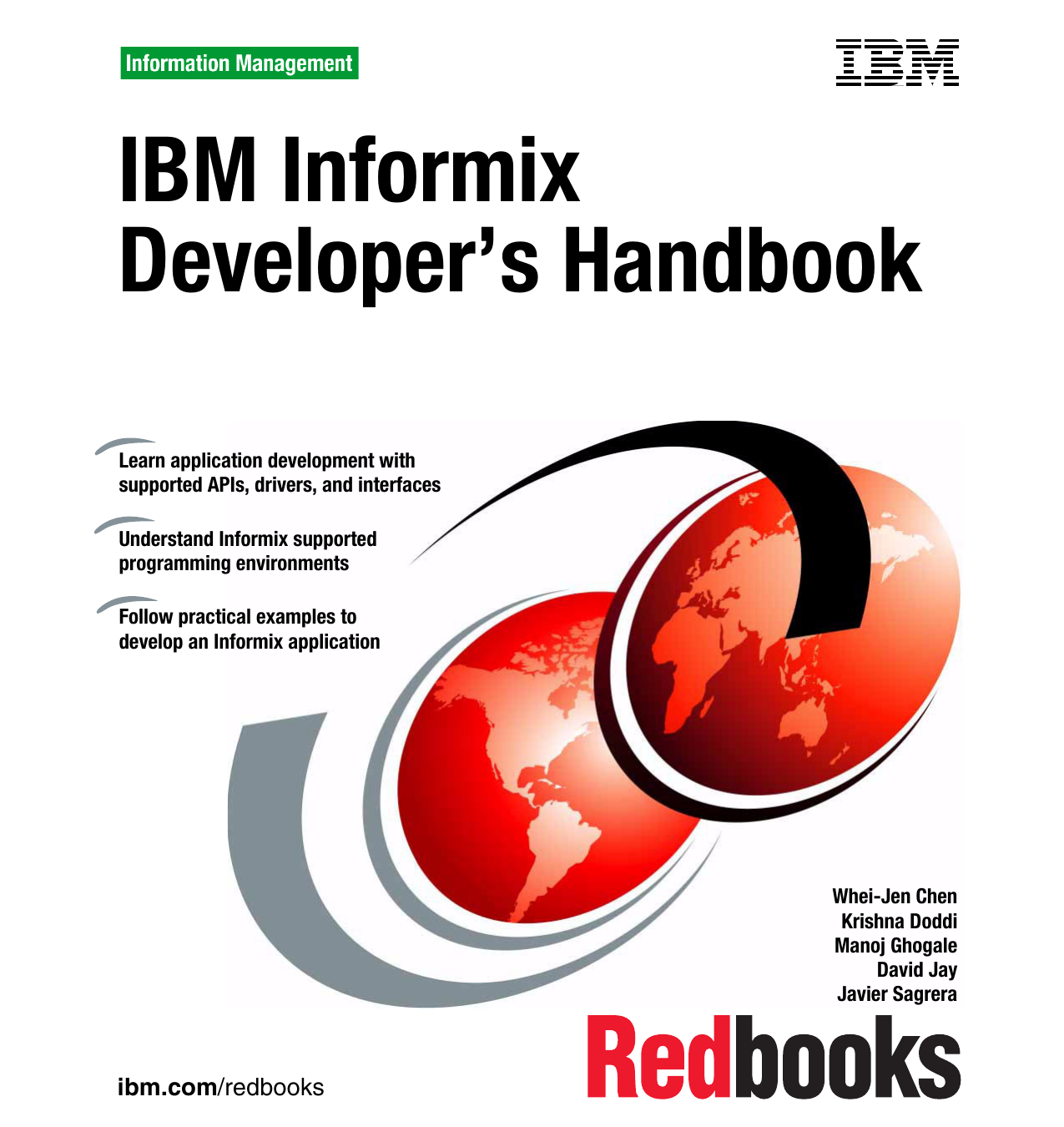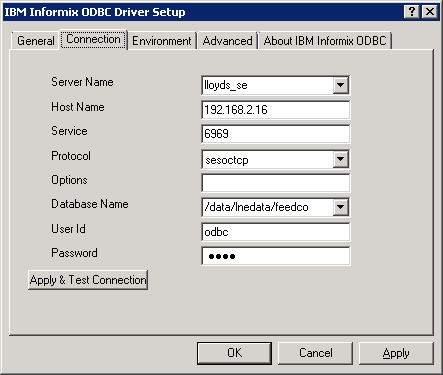

- #Informix odbc parameterized query syntax column values drivers#
- #Informix odbc parameterized query syntax column values update#
- #Informix odbc parameterized query syntax column values driver#
- #Informix odbc parameterized query syntax column values upgrade#
- #Informix odbc parameterized query syntax column values series#


Simple methods of retrieving data Specifying what you want
#Informix odbc parameterized query syntax column values drivers#
DBI and ODBC drivers DBI, DBD::ODBC Architectureĭownload ODBC Drivers for Oracle®, SQL Server, Salesforce, MongoDB, Access, Derby, InterBase, MySQL & DB2. All discussion in this document relating to the location and definition of ODBC data sources is for unixODBC.
#Informix odbc parameterized query syntax column values driver#
We have assumed you are using the unixODBC driver manager. However, all the Perl examples should work equally well on Windows so long as minor alterations for the command line are made. This tutorial was designed on UNIX and we have assumed you are using UNIX too. This tutorial assumes you have read or understand all the concepts in the previous tutorial DBD::ODBC Tutorial Part 1 - Drivers, Data Sources and Connection. We also used the Easysoft ODBC-ODBC Bridge as the ODBC driver to access a remote MS SQL Server database from UNIX. You can find out the unixODBC version you are using with: You probably have the unixODBC driver manager installed if you have the odbcinst command (for ODBC drivers from Easysoft, the unixODBC driver manager is located in /usr/local/easysoft/unixODBC and the odbcinst command in the bin sub directory of that path. Easysoft can supply ODBC drivers for many databases and operating systems and all ODBC drivers come with the unixODBC driver manager. Unsurprisingly you will need an ODBC driver for most of this tutorial and we recommend you use an ODBC driver manager under DBD::ODBC (see Enabling ODBC support in Perl with Perl DBI and DBD::ODBC. Go to CPAN to get an up to date version of the DBD::ODBC module. To show all drivers DBI knows about and their versions: Perl -MDBD::ODBC -e 'print $DBD::ODBC::VERSION ' If you have not got DBD::ODBC installed you should see Enabling ODBC support in Perl with Perl DBI and DBD::ODBC for instructions. To check you have the DBD::ODBC module installed: You can use similar methods as above to determine if DBD::ODBC is installed and to see what version you have: Go to CPAN to get an up to date version of the DBI module. If you get an error saying DBI cannot be found in you've probably not got DBI installed.
#Informix odbc parameterized query syntax column values upgrade#
If you get an error like "DBI version 1.40 required-this is only version 1.30 at -e line 1." you need to upgrade DBI. To see if you have a recent enough version of DBI installed run: We used DBI 1.45 but this tutorial should work with anything after 1.40. Use perl -version to see what version of Perl you have installed. We used Perl 5.8 but you only need the minimum required by the DBI and DBD::ODBC modules which is currently 5.6. Pre-requisitesīefore you start part 2 of this tutorial you need to ensure you have satisfy all the pre-requisites:
#Informix odbc parameterized query syntax column values series#
This is part 2 of a series of Easysoft tutorials on using Perl DBI with DBD::ODBC. Hash and Reference methods of retrieving data.The first 5 records in the summary_data table have been updated.Introduction to retrieving data from your database - Perl DBI/DBD::ODBC Tutorial Part 2 Contents
#Informix odbc parameterized query syntax column values update#
This example would update the current_category field in the summary_data table with the category_id from the products table where the product_id values match. These are the results that you should see: product_id Select the data from the summary_data table again: SELECT * FROM summary_data WHERE products.product_id = summary_data.product_id) SET current_category = (SELECT category_id Enter the following UPDATE statement: UPDATE summary_data Now let's update the summary_data table with values from the products table. If no conditions are provided, then all records in the table will be updated.Īnd a table called summary_data with the following data: product_id The conditions that must be met for the update to execute. So column1 would be assigned the value of expression1, column2 would be assigned the value of expression2, and so on. expression1, expression2 These are the new values to assign to the column1, column2. Parameters or Arguments column1, column2 The columns that you wish to update. The syntax for the SQL UPDATE statement when updating multiple tables (not permitted in Oracle) is: UPDATE table1, table2. The syntax for the SQL UPDATE statement when updating a table with data from another table is: UPDATE table1 The syntax for the UPDATE statement when updating a table in SQL is: UPDATE table


 0 kommentar(er)
0 kommentar(er)
